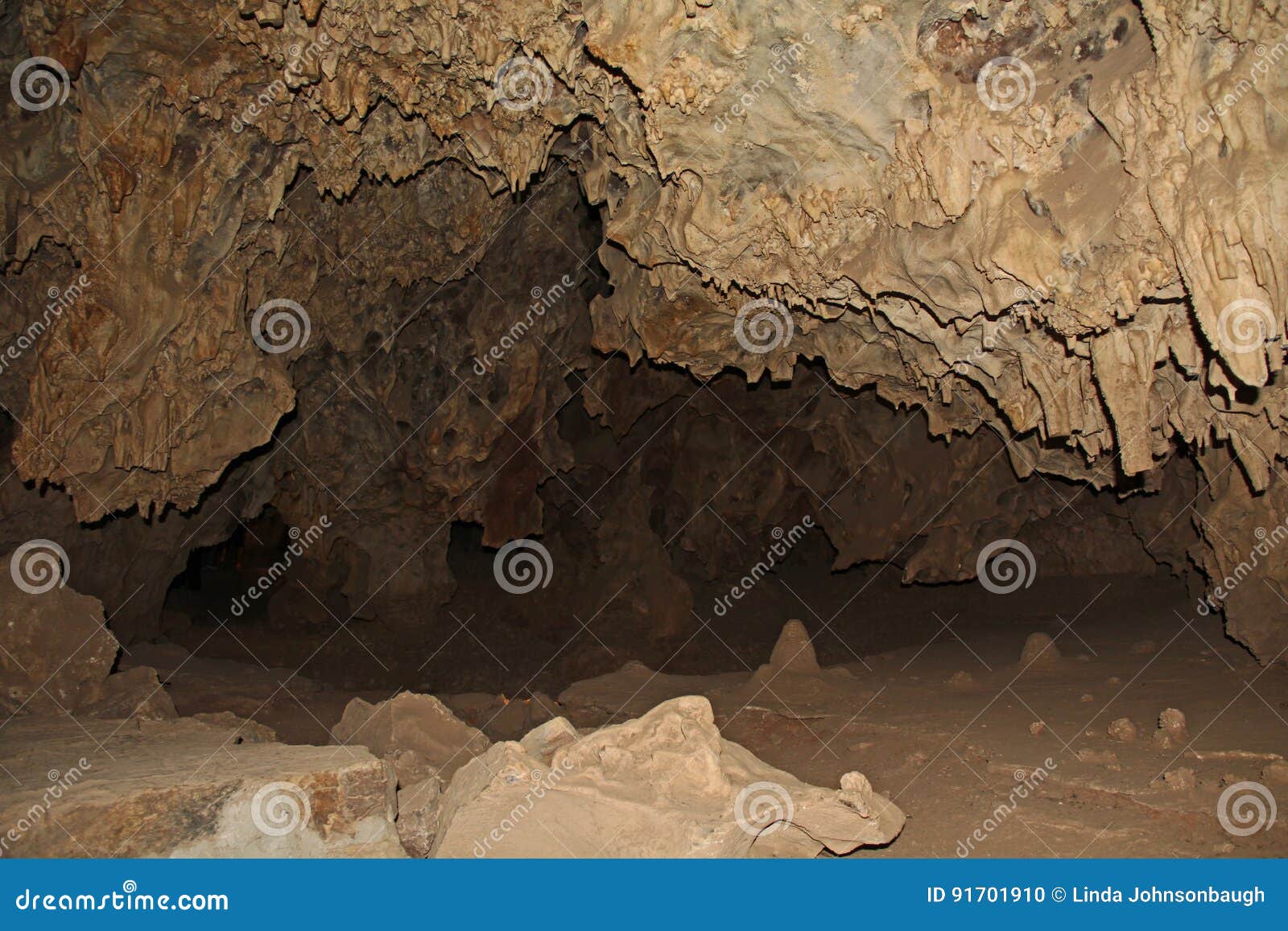
They surrounded the cave and found the bandits upon entry. They got a tip that the robbers could be hiding out in the cave system near the Mountain Springs Ranch. The second robbery netted the bandits a ton of gold and silver Mexican coins.Īfter the second heist, the local authorities had caught wind of the bandits. The bandits wanted to try their luck again. Their first heist was a success, they got away with over $3,000 in straight cash. The Southern Pacific Express railroad wasn’t too far off, and the Colossal Cave provided protection from the authorities. Sometime in the 1880s, a group of train robbers discovered the cave and decided that it would be a good place to set up their base of operations. The Bandits of the Southern Pacific Express Ghosthunters often come to the cave to capture evidence of spirits. The park has grown to add a number of other attractions in an attempt to bring more guests. Despite the natural beauty of the Colossal Cave, it’s still relatively unknown to many. The area was named Colossal Cave Mountain Park and became a tourist attraction over the years. In the 1930s, the Civilian Conservation Corps helped create a walking path through the Colossal Cave. Tunnels were bored into the cave to get better access. Guano from the cave was extracted and shipped to Los Angeles. Over the next few decades, the cave began to generate revenue. Because water no longer flows through the cave, it is no longer growing. Colossal Cave is the largest non-active cave system in the US. Shaw and his men were awed at the size of the caverns, and some holes were so deep, that one could drop a stone and never hear a sound. A five-hour excursion into the cave revealed its true depth. The cave was further explored by William Shaw after his takeover of the Mountain Springs Ranch. Due to the physical limitations of the cave at the time, Lick and his crew only ventured about half a mile in before turning around.


Lick and his search party began exploring the cave, noting the massive piles of bones, as well as the strong stench from the years of bat guano that had been building up over the centuries. He originally called it Mountain Springs Cave, after his ranch and the accompanying hotel. Solomon Lick, a former Union soldier, and owner of a nearby ranch, stumbled upon the cave while surveying his newly acquired property. The Americans rediscovered the Colossal Caves in 1879. The Native Americans evacuated the caves around the time of European conquest, sometime between 14. There were also human remains littered across the cave floor. Many of them have been removed, but early European settlers claimed to have found hundreds of antlers piled inside. The ceilings in some areas are blackened from centuries of bonfires, and bones are straddled along the floors of the caves. Some say that they may have even lived in the caves. The Hohokam, Sobaipuri, and Apache tribes all used the caves for various purposes, including ceremonies, rituals, and protection from the elements as well as other tribes. Over a thousand years ago, around 900 AD, the Colossal Caves were discovered by local Indigenous peoples. The ghost of a Native American woman can be heard moaning and sobbing around the caves, and the ghost of a lady in white has been seen floating around the entrance. The Wells Fargo stamped bags are still said to be somewhere in Colossal Cave, and the ghosts of the dead train robbers have been seen wandering around the caves looking for their lost loot. A few of the bandits were killed, while others were caught, but the money was never recovered. After being traced to the caves by authorities, a shootout ensued. A group of train robbers used the caves to hide after hitting a big score in the late 1800s. He’s often seen in restricted areas and vanishes into thin air before being seen by the staff.

Frank was always smoking, and the smell of smoke fills the caves when he appears.

He tends to accompany visitors to the caves to ensure that they don’t stray too far from the beaten path. The most encountered ghost is that of Frank Schmidt, one of the early developers of the cave. At least four ghosts live in the cave system. With no flowing water, the cave is no longer actively growing, but the ghosts and spirits in Colossal Cave are alive and kicking. The bones of human and animal remains litter the ground. The roofs of the cave are blackened from centuries of Native American bonfires and ceremonies. Just a few miles south of Tucson lies Colossal Cave, an often overlooked natural landmark with well over a thousand years of history.


 0 kommentar(er)
0 kommentar(er)
